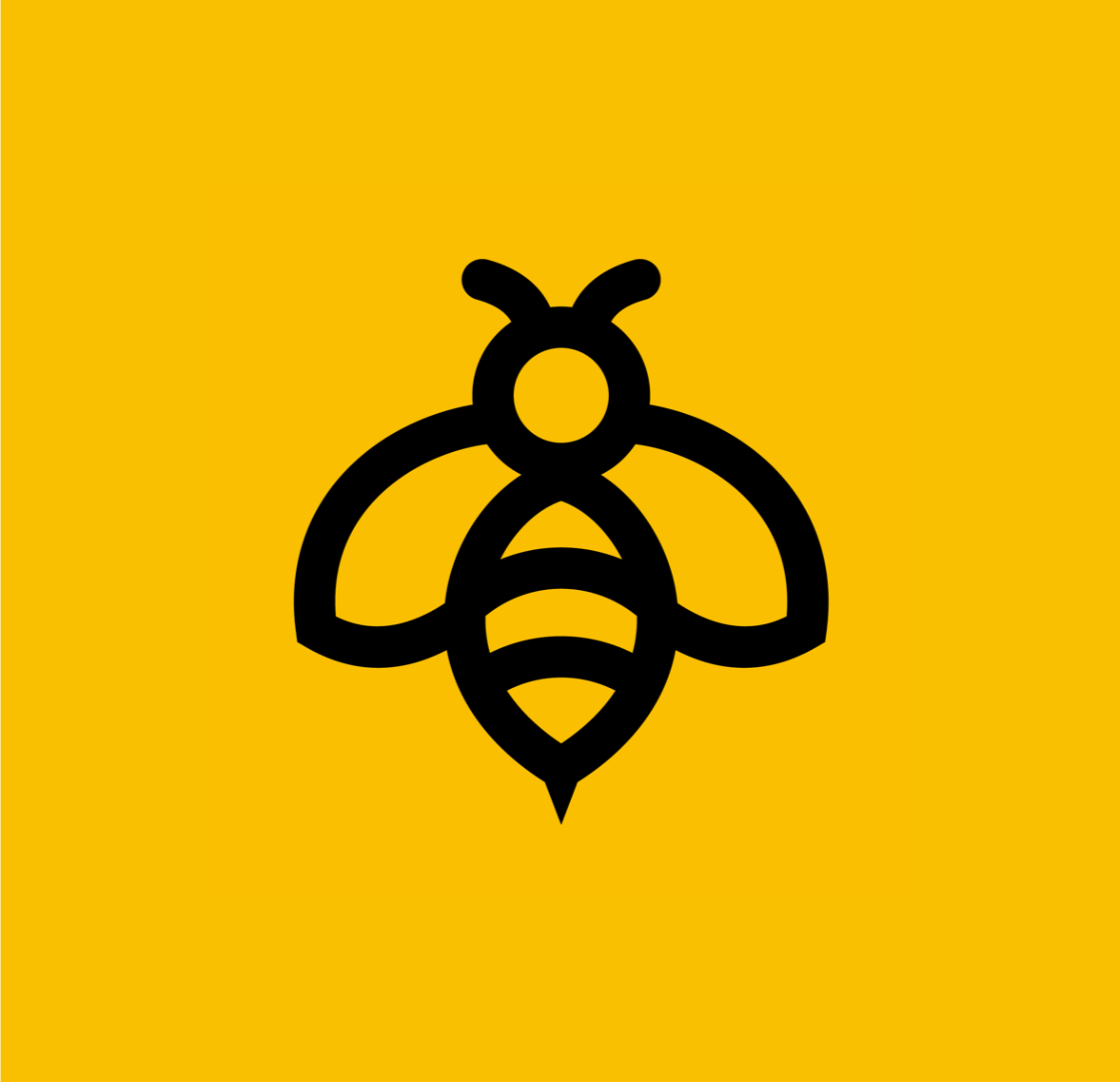As we enter the '20s, a new type of prohibition has taken root—a self-imposed one—giving rise to the "low or no alcohol" trend, AKA sober curiosity.
While total beverage alcohol volume increased slightly (+0.3%) from 2018 to 2019, a shakeup is happening in the alcohol landscape.
According to the International Wines and Spirits Record (IWSR), for the first time in 25 years, wine is on the decline (-0.9%), while beer (-2.3%) and cider (-3.8%) continue to slip.
Distilled spirits (+2.3%), and ready-to-drink (RTD) products (+50%) are filling up more glasses, along with drinks that have no alcohol at all—low or no-alcohol beer grew by 6.6% and IWSR predicts RTD no/low alcohol products will have a compound annual growth rate of 39% by 2022.
No wonder big brands are jumping on the boozeless bandwagon. O'Douls—you drool. Heineken, Miller and Budweiser are coming to rule.
This trend is evolving from a micro trend into a macro trend—over half of influential bartenders in NY, LA and London surveyed by Distill Ventures predict it will get bigger over the next year. Pinterest searches for sober living increased by +746% in 2019 and 52% of US adults say they are trying to reduce their alcohol intake.
Although living a sober life seems like a buzzkill for some, it's creating unique experiences that we didn't have before, spawning new products, social groups and bars.
Sober bars are popping up across the country that serve specially crafted zero-proof cocktails. JWT Intelligence's 2020 trends report reviews Getaway, a "swanky social hang-out for Brooklyn teetotalers" with a menu that "boasts sophisticated beverages with a complex blend of flavors and quirky ingredients like pink peppercorn, juniper and fennel."
Club SODA is an event series in NYC for the sober curious. Seedlip, the world's first distilled non-alcoholic spirits was purchased by Diageo in a mere five years after starting.
Other trends within the low/no alcohol space to be on the lookout for this year include premium fruity alcohol-free beers, dark "spirits" and CBD bitters.
Photo credit: Food52 shot by Ty Mecham, Rocky Luten & James Ransom
Mocktails aren't just for mommas anymore. The core group driving this trend is Gen Z. As you can see in the chart below*, alcohol consumption has decreased for Gen Z over the past two decades, stayed flat for Millennials and increased for Gen X and Boomers. *Read this as 53% of Gen Z drank an alcoholic beverage in 2000 and 45% of Gen Z drank alcohol in 2019.
Note, the generational age segments in MRI are slightly different than Pew and the Census' definition. And apparently, some teens told on themselves by self-reporting their underage drinking. Whoops.
Reported by Business Insider, a 2018 report from Berenberg Research found that "respondents in their teens and early 20s were drinking over 20% less per capita than millennials—who drank less than baby boomers and Gen Xers — did at the same age."
MRI Doublebase
Many factors have contributed to the rise of alcohol-free imbibers—the wellness movement, holistic health, and the rise in other preferred substances like cannabis—and this confluence of trends have certainly created a new future for socializing.
What does this all mean? As society redefines and expands how they socialize, think about how your brand can meet new audience needs and fill the space of social lubricants left behind. Bottoms up!



